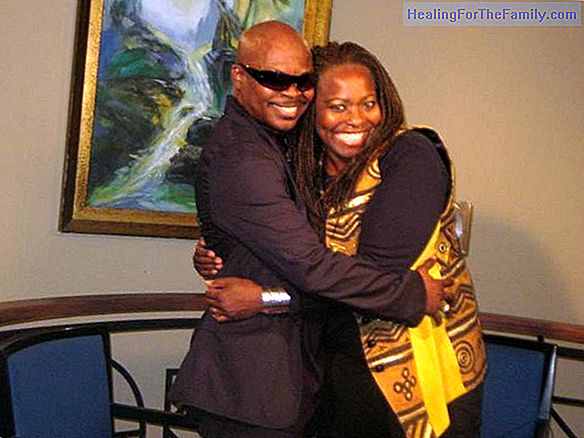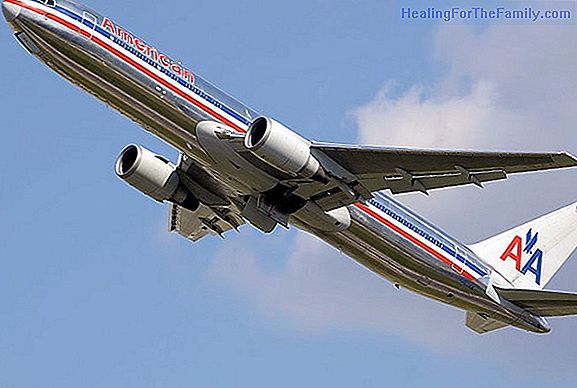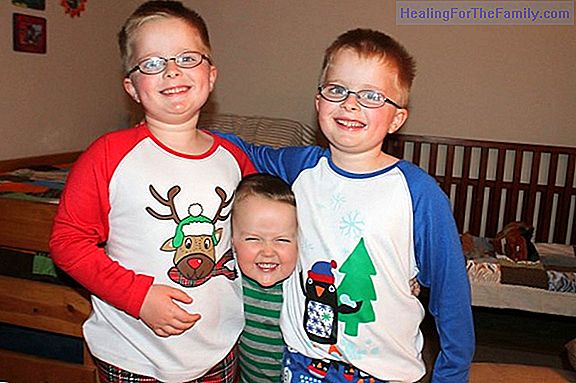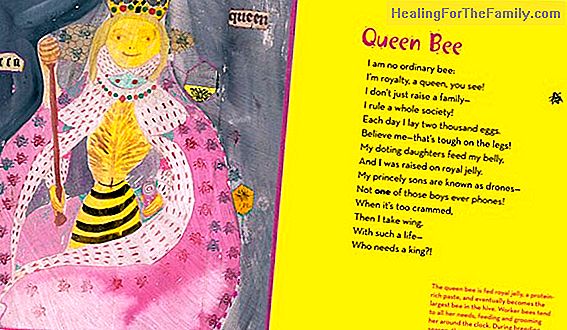How to do a cardiopulmonary resuscitation in babies
This maneuver is one of the ways to save the child when he has had a cardiorespiratory arrest. When dealing with a baby, few people dare to carry it out for fear of hurting it, however, we must bear in mind that, while the health services arrive to help the baby, it is the only way in which we can h
This maneuver is one of the ways to save the child when he has had a cardiorespiratory arrest. When dealing with a baby, few people dare to carry it out for fear of hurting it, however, we must bear in mind that, while the health services arrive to help the baby, it is the only way in which we can help, and even
save the child's life. It is usually practiced in babies under one year of age, to make it in older children the technique of CPR is similar, although with small differences.
The
cardiopulmonary resuscitation in babies is also known as infantile CPR. How to do cardiopulmonary resuscitation in babies
The majority of cardiorespiratory arrest is due to choking,
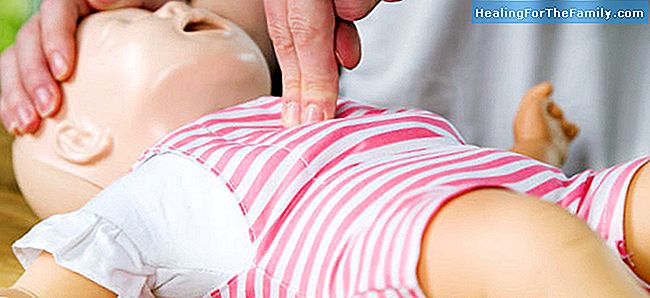
asphyxiation or drowning or hot flashes, although it is more common among children who already eat solid food, but it can also occur in a baby, in the case, for example, of drownings in a swimming pool.It must be taken into account that we are maneuvering with the small body of a baby so, everything we do, we will have to do it with determination and care of
not exerting excessive pressure .Steps to follow for CPR in babies:
1- Check the
level of consciousness of the baby by calling or moving gently, to see if it responds to a stimulus. 2- If the baby does not respond, the first thing is to notify the emergency service.
3- While help arrives, unlike in children older than one year where the "forehead-chin" maneuver must be performed, in babies this is not necessary, since physiologically the head is larger than the body , and therefore the airways would be open. If we did that maneuver in babies, the opposite effect would occur, we would close the airways. 4- We will check
if the baby breathes
through the action "See-hear-feel", placing our cheek next to his mouth and looking towards the thorax, in this way we will feel if he breathes, while we observe if the baby's chest is lifted by breathing . If we saw that the baby does not breathe normally, it is when we must continue to ventilate with the "mouth-nose" maneuver. A 5- Unlike with older children, the maneuver is "mouth to mouth",in the baby you have to do it
"mouth-nose". We will start with five ventilations , keeping the maneuver "front-chin" and place our mouth over the nose and mouth of the baby. Then we breathe air, not too much, since babies do not have great thoracic capacity, only the air that fits in our mouths. 6- Next, we will continue with some light but firm thoracic contractionsthat will help pump blood to the organs and the heart. For this we will use only
two fingers of the hand , which we will place in the center of the chest, drawing an imaginary line between the two nipples, on the sternum. A pressure should be exerted on the chest of about 4 cm approximately, allowing then to recover the natural shape of the thorax.The rhythm of the pressures must be continuous. About 15 chest compressions and 2 ventilations to achieve a rate of 100 beats per minute. A trick to follow an adequate rhythm of pressure is to mentally sing Macarena's song.
We must continue the maneuver until someone relieves us, if we are tired, letting el the shortest time possible in the relay , or until the emergency services arrive, or the baby reacts and breathes without problems, or on the contrary, has no effectAuthor: Andrea Blanco Ramirez. Nurse at the Puerta de Hierro Hospital.
Coauthor: Gonzalo Carrillo de Albornoz Martínez Pantoja.




